Home>Gardening & Outdoor>Outdoor Recreation & Activities>How To Float In A Swimming Pool
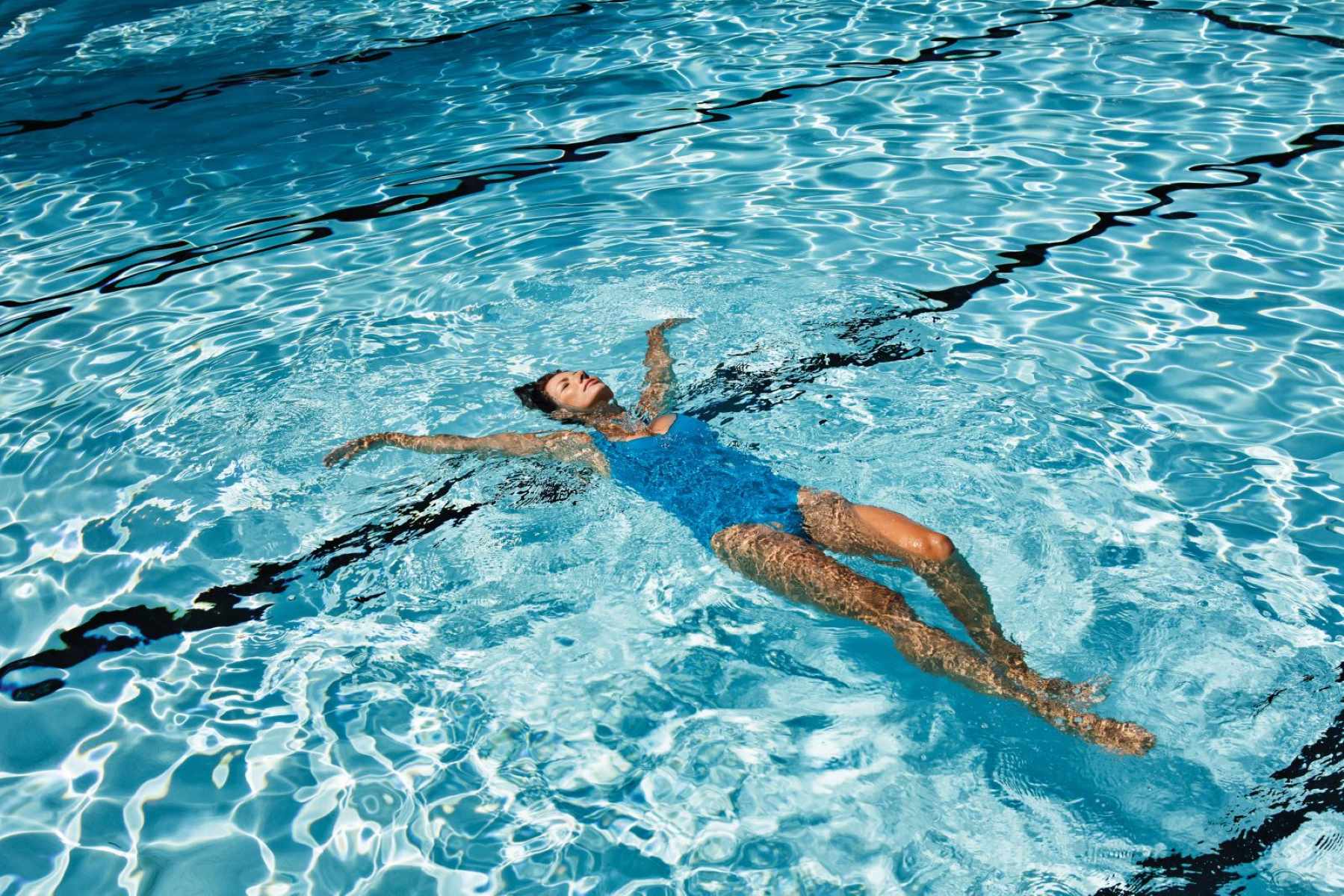

Outdoor Recreation & Activities
How To Float In A Swimming Pool
Published: February 17, 2024
Learn how to float effortlessly in a swimming pool with our expert tips and techniques for outdoor recreation and activities. Master the art of relaxation and enjoy your time in the water.
(Many of the links in this article redirect to a specific reviewed product. Your purchase of these products through affiliate links helps to generate commission for Storables.com, at no extra cost. Learn more)
Introduction
Learning how to float in a swimming pool is a fundamental skill that can enhance your enjoyment of the water and boost your confidence in aquatic environments. Whether you're a beginner or seeking to refine your technique, mastering the art of floating can provide a sense of relaxation and tranquility while in the water. This skill is not only practical for safety but also serves as a foundation for various water-based activities such as swimming, snorkeling, and diving.
Floating effortlessly on the water's surface allows you to experience a unique sensation of weightlessness, providing a break from the demands of gravity. It's an opportunity to let go of tension and embrace the gentle support of the water, fostering a deep sense of calm and serenity. Additionally, mastering the ability to float can be a stepping stone to refining other swimming skills, such as treading water and performing various strokes with greater ease and efficiency.
In this comprehensive guide, we will delve into the essential techniques and principles that will help you achieve a relaxed and stable float in the swimming pool. From understanding the concept of buoyancy to refining your body positioning and breathing techniques, each aspect plays a crucial role in your ability to float effortlessly. By practicing these techniques with patience and dedication, you can gradually develop the skill and confidence to enjoy the peaceful sensation of floating in the water.
Embark on this journey with an open mind and a willingness to embrace the water's support. With the right approach and mindset, you can transform floating from a daunting challenge into a delightful and rejuvenating experience. Let's dive into the intricacies of buoyancy, relaxation techniques, body positioning, and breathing methods to unlock the secrets of effortless floating in the swimming pool.
Key Takeaways:
- Mastering the art of floating in a swimming pool involves understanding buoyancy, relaxation, body positioning, and breathing. It’s a journey of physical and mental harmony with the water.
- Achieving effortless floating requires patience and consistent practice. Embrace relaxation, perfect body positioning, and mindful breathing to unlock the tranquil sanctuary of the swimming pool.
Read more: How To Store Pool Floats
Understanding Buoyancy
Buoyancy is a fundamental principle that underpins the art of floating in water. It is the upward force exerted by a fluid that opposes the weight of an immersed object. Understanding this concept is crucial for achieving a stable and relaxed float in a swimming pool.
At the heart of buoyancy lies the displacement of water. When you enter the pool, your body displaces an amount of water equal to your weight. This displaced water exerts an upward force, known as buoyant force, which works against the downward force of gravity. When these forces are balanced, you experience a sensation of weightlessness and effortlessly remain afloat on the water's surface.
The key to harnessing buoyancy lies in achieving neutral buoyancy, where the upward buoyant force matches the downward force of gravity acting on your body. This equilibrium allows you to maintain a steady and relaxed float without sinking or rising uncontrollably.
Furthermore, the distribution of your body's mass plays a crucial role in buoyancy. By positioning your body in a way that maximizes the surface area in contact with the water, you can enhance the upward buoyant force, promoting a more stable and effortless float. This involves spreading your arms and legs to increase the water's resistance and support your body's weight.
Moreover, the concept of buoyancy is closely linked to the density of the human body and the surrounding water. Understanding that the human body is slightly less dense than water is essential for achieving buoyancy. By allowing yourself to relax and distribute your weight evenly, you can facilitate the natural buoyant force to keep you afloat.
In essence, mastering the art of floating in a swimming pool hinges on your ability to work in harmony with the principles of buoyancy. By comprehending the dynamics of displaced water, neutral buoyancy, body positioning, and density differentials, you can unlock the secrets of effortless floating and embrace the soothing embrace of the water.
Relaxation Techniques
Mastering the art of floating in a swimming pool is not solely about physical techniques; it also requires a deep sense of mental and emotional relaxation. The ability to let go of tension and anxiety is essential for achieving a stable and tranquil float in the water.
To begin, it's crucial to approach the water with a calm and composed mindset. As you enter the pool, take a few moments to acclimate yourself to the water's temperature and embrace the soothing sensation it offers. Clear your mind of distractions and focus on the present moment, allowing yourself to be fully immersed in the experience.
As you prepare to float, consciously release any muscular tension in your body. Start by relaxing your facial muscles, allowing your jaw to loosen and your forehead to unfurrow. Gradually extend this relaxation to your neck, shoulders, arms, and torso, consciously releasing any tightness or rigidity. By doing so, you create a sense of lightness and ease within your body, setting the stage for a more effortless float.
Breathing plays a pivotal role in relaxation and buoyancy. Take slow, deep breaths, allowing your lungs to fill with air and your diaphragm to expand. As you exhale, release any lingering tension, envisioning it dissipating into the water around you. This rhythmic breathing not only promotes relaxation but also helps you maintain a steady and controlled float.
Moreover, embracing a sense of trust in the water is essential for relaxation. Allow yourself to surrender to the water's support, trusting in its buoyancy to keep you afloat. Release any fear or apprehension, and instead, cultivate a feeling of harmony and connection with the water. Visualize yourself as an integral part of the aquatic environment, supported and cradled by the gentle embrace of the water.
Incorporating visualization techniques can further enhance relaxation. Imagine yourself as a buoyant and weightless entity, effortlessly supported by the water. Envision the water's surface as a tranquil expanse, offering a sense of serenity and calm. By immersing yourself in these positive visualizations, you can cultivate a profound state of relaxation, paving the way for a more stable and enjoyable float.
By integrating these relaxation techniques into your approach to floating, you can transform the experience from a physical challenge into a deeply rejuvenating and meditative practice. Embracing relaxation as a core element of your floating technique will not only enhance your buoyancy but also enrich your overall connection with the water, fostering a sense of peace and tranquility that transcends the physical act of floating.
Body Positioning
Achieving the perfect body positioning is pivotal in mastering the art of floating in a swimming pool. The way you position your body directly influences your buoyancy and stability on the water's surface. By understanding and implementing the principles of body positioning, you can enhance your ability to float effortlessly and enjoy a serene aquatic experience.
The foundation of effective body positioning lies in achieving a state of equilibrium where your body remains naturally buoyant. To begin, lie on your back in the water, allowing your body to spread out and create maximum contact with the water's surface. Keep your head, neck, and spine aligned, ensuring that your body remains in a straight and relaxed posture. This alignment not only promotes buoyancy but also minimizes resistance, allowing you to float with ease.
Furthermore, spreading your arms and legs slightly can enhance your stability and buoyancy. Extend your arms out to the sides, palms facing upward, and allow your legs to relax and naturally drift apart. This posture increases the surface area of your body in contact with the water, maximizing the upward buoyant force and promoting a more stable float.
Engaging your core muscles can also contribute to improved body positioning. By gently activating your abdominal muscles, you can maintain a slight pelvic tilt, which helps align your body and prevent your lower back from sinking. This subtle engagement provides additional support and stability, allowing you to maintain a balanced and effortless float.
Moreover, finding the optimal balance between relaxation and engagement is crucial. While it's essential to maintain a relaxed and supple posture, incorporating subtle adjustments to align your body can significantly enhance your floating experience. Experiment with small movements and adjustments to find the positioning that best suits your body, allowing you to achieve a harmonious and buoyant float.
In essence, mastering body positioning involves finding the delicate balance between relaxation, alignment, and engagement. By fine-tuning your posture and exploring the subtle adjustments that work best for you, you can unlock the secrets of effortless floating and embrace the tranquil embrace of the water. With patience and practice, you can cultivate a deep sense of connection with the water, allowing yourself to float effortlessly and experience the profound serenity it offers.
To float in a swimming pool, take a deep breath, relax your body, and lay back in the water. Use your arms and legs to help you stay afloat and find a comfortable position. Keep practicing and you’ll improve over time.
Breathing Techniques
Mastering the art of floating in a swimming pool extends beyond physical positioning; it encompasses the integration of effective breathing techniques. Proper breathing not only enhances relaxation but also plays a pivotal role in maintaining buoyancy and stability while floating. By understanding and implementing the principles of mindful breathing, you can elevate your floating experience to a state of profound tranquility and ease.
As you prepare to float, focus on cultivating a rhythmic and controlled breathing pattern. Begin by taking slow, deep breaths, allowing the air to fill your lungs and expand your diaphragm. As you inhale, envision a sense of lightness and buoyancy permeating your body, harmonizing with the gentle support of the water. This deliberate breathing technique not only promotes relaxation but also facilitates a more stable and controlled float.
Conscious exhalation is equally essential for maintaining buoyancy and relaxation while floating. As you exhale, release any lingering tension or apprehension, allowing it to dissipate into the water around you. Visualize the act of exhaling as a release of any residual weight, both physical and emotional, enabling you to surrender more fully to the water's support. This intentional exhalation further contributes to a sense of lightness and ease, fostering a serene and tranquil floating experience.
Incorporating a mindful cadence to your breathing can significantly enhance your ability to maintain a steady and effortless float. Embrace a consistent rhythm of inhaling and exhaling, allowing each breath to synchronize with the gentle rise and fall of your body on the water's surface. This synchronized breathing not only promotes relaxation but also fosters a deeper connection with the water, harmonizing your internal rhythm with the fluidity of the aquatic environment.
Furthermore, integrating visualization techniques with your breathing can amplify the sense of tranquility and ease while floating. Envision each breath as a gentle ebb and flow, mirroring the rhythmic movement of the water. As you inhale, visualize a subtle lift and expansion, akin to the water's buoyant force supporting your body. Upon exhaling, visualize a soft descent, releasing any residual tension and allowing yourself to meld more seamlessly with the water's embrace.
By embracing mindful breathing techniques as an integral part of your floating practice, you can elevate the experience from a physical act to a deeply meditative and rejuvenating endeavor. Through the harmonious integration of deliberate breathing, visualization, and rhythmic cadence, you can unlock the secrets of effortless floating and immerse yourself in the tranquil sanctuary of the swimming pool.
Read more: How To Store Pool Floats In Garage
Practice and Patience
Achieving a seamless and tranquil float in a swimming pool requires dedication to practice and a steadfast commitment to patience. Mastery of this skill is not instantaneous; rather, it evolves through consistent effort and a willingness to embrace the learning process.
Begin by approaching your practice with an open mind and a sense of curiosity. Embrace each floating session as an opportunity for exploration and refinement, allowing yourself to become attuned to the nuances of buoyancy, relaxation, body positioning, and breathing. Recognize that each practice session contributes to your overall progress, regardless of the initial challenges you may encounter.
As you engage in regular practice, remain patient and compassionate with yourself. Understand that floating is a skill that evolves over time, and proficiency is cultivated through gradual improvement rather than immediate perfection. Embrace any initial difficulties or moments of instability as natural aspects of the learning journey, reframing them as valuable opportunities for growth and refinement.
Consistency is key in developing proficiency in floating. Dedicate regular time to practice in the swimming pool, allowing yourself to become familiar with the sensations and adjustments required to achieve a relaxed and stable float. By integrating floating practice into your routine, you can gradually refine your technique and build the muscle memory necessary for effortless buoyancy.
Moreover, seek opportunities to expand your practice beyond formal floating sessions. Embrace moments of relaxation and play in the water, allowing yourself to experiment with different body positions and breathing rhythms. Whether it's during leisurely swims or playful interactions in the pool, each moment presents a chance to further hone your floating skills in a lighthearted and enjoyable manner.
Throughout your practice journey, maintain a mindset of curiosity and resilience. Embrace the process of learning and adaptation, recognizing that each experience contributes to your overall growth as a proficient floater. Celebrate the small victories and breakthroughs, acknowledging the progress you make with each dedicated practice session.
In essence, the path to mastering the art of floating in a swimming pool is paved with consistent practice and unwavering patience. By approaching your practice with an open mind, embracing the learning process, and maintaining a resilient spirit, you can gradually cultivate the skill and confidence to float effortlessly, immersing yourself in the tranquil sanctuary of the water.
Conclusion
In conclusion, mastering the art of floating in a swimming pool is a multifaceted journey that intertwines physical technique, mental relaxation, and a deep connection with the aquatic environment. By understanding the principles of buoyancy, embracing relaxation techniques, refining body positioning, and integrating mindful breathing, individuals can unlock the secrets of effortless floating and immerse themselves in the serene sanctuary of the water.
The concept of buoyancy serves as the cornerstone of floating, emphasizing the delicate balance between displaced water and the body's natural density. By comprehending and harnessing this principle, individuals can achieve a state of neutral buoyancy, allowing them to remain effortlessly afloat on the water's surface.
Furthermore, relaxation techniques play a pivotal role in the floating experience, fostering a sense of calm and tranquility that transcends the physical act of floating. By releasing tension, cultivating trust in the water, and integrating visualization, individuals can elevate their floating practice to a deeply meditative and rejuvenating endeavor.
Effective body positioning is essential for achieving a stable and effortless float. By aligning the body, spreading out to maximize surface area, and finding the delicate balance between relaxation and engagement, individuals can enhance their buoyancy and stability on the water's surface.
Moreover, integrating mindful breathing techniques amplifies the sense of tranquility and ease while floating, fostering a deeper connection with the water and harmonizing internal rhythm with the fluidity of the aquatic environment.
Finally, the journey to mastering floating in a swimming pool is underpinned by dedication to practice and patience. Embracing each practice session as an opportunity for growth, maintaining consistency, and approaching the learning process with resilience and curiosity are essential elements in cultivating the skill and confidence to float effortlessly.
In essence, the art of floating transcends the physical act, offering individuals a pathway to profound relaxation, mental rejuvenation, and a harmonious connection with the water. By embracing the principles and techniques outlined in this guide and approaching the journey with an open mind and unwavering dedication, individuals can transform floating from a skill to a deeply enriching and tranquil experience in the aquatic realm.
Frequently Asked Questions about How To Float In A Swimming Pool
Was this page helpful?
At Storables.com, we guarantee accurate and reliable information. Our content, validated by Expert Board Contributors, is crafted following stringent Editorial Policies. We're committed to providing you with well-researched, expert-backed insights for all your informational needs.
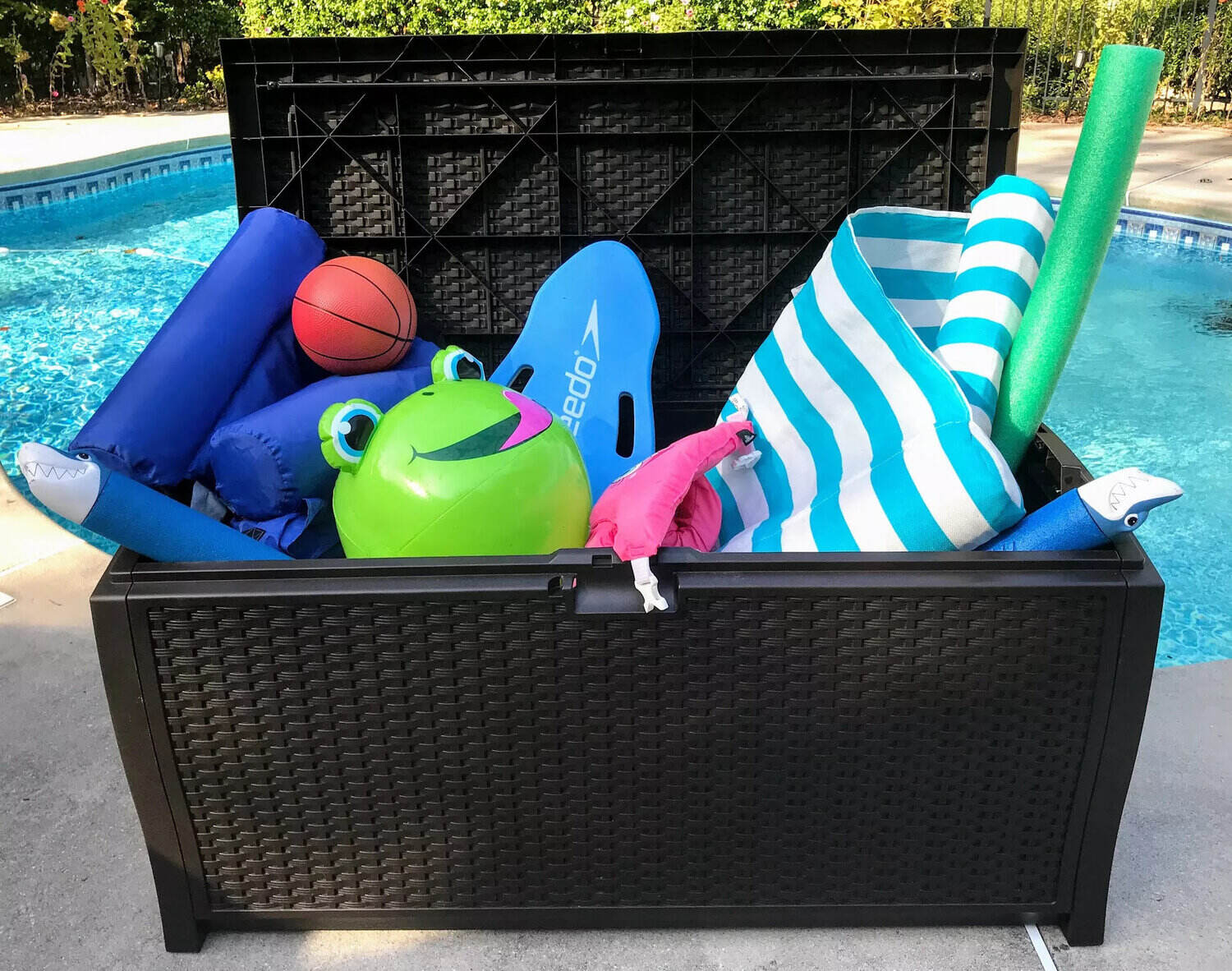










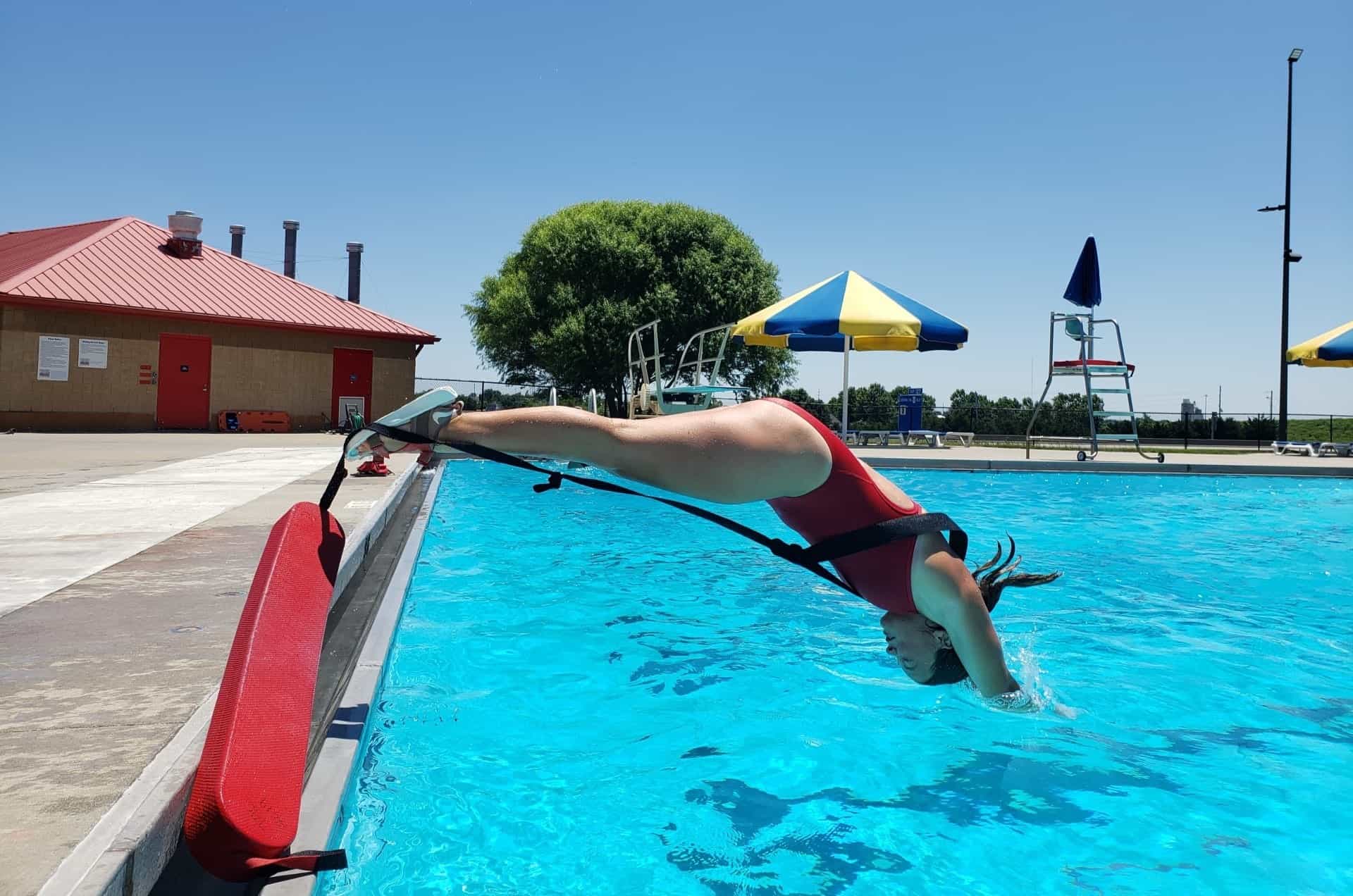
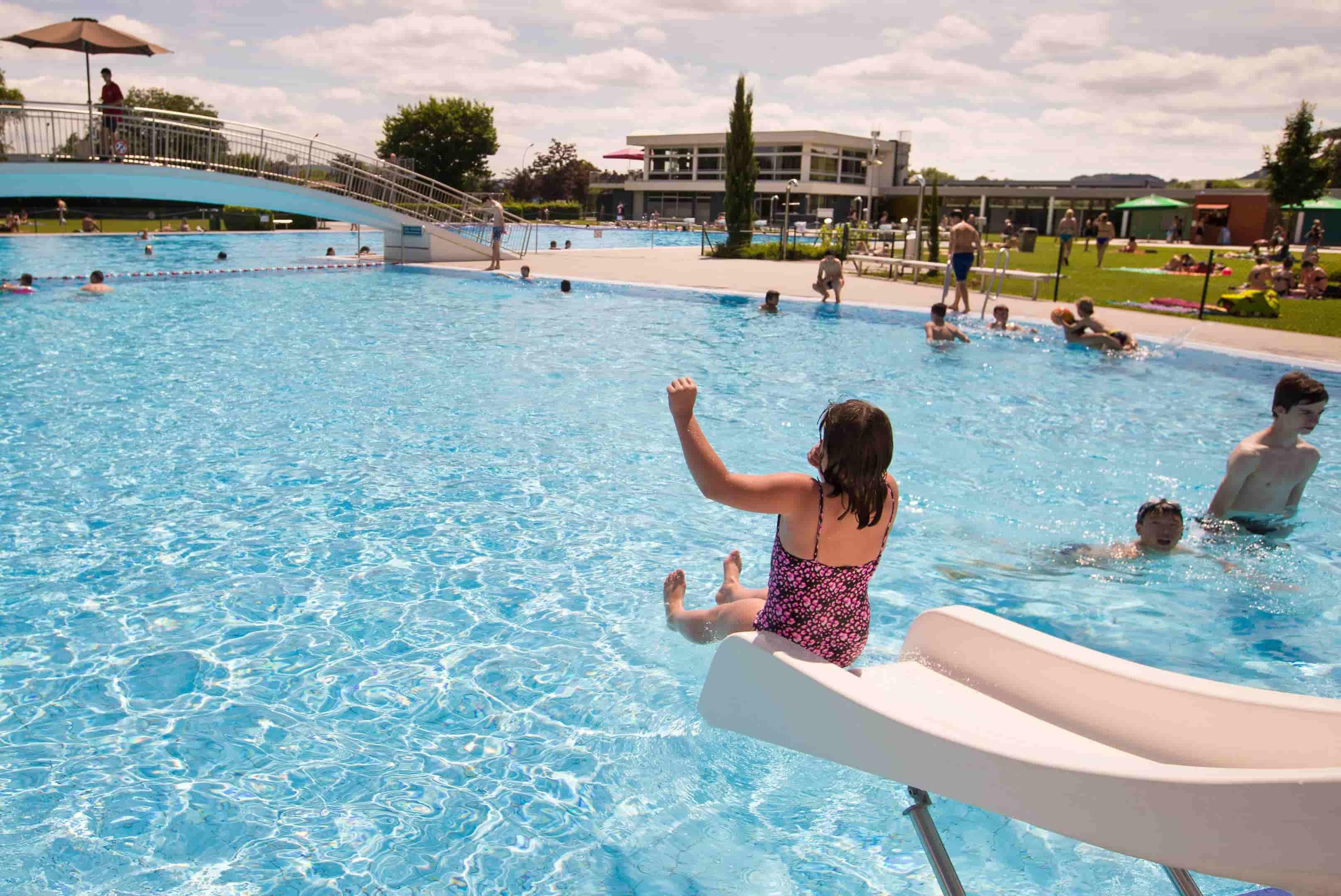
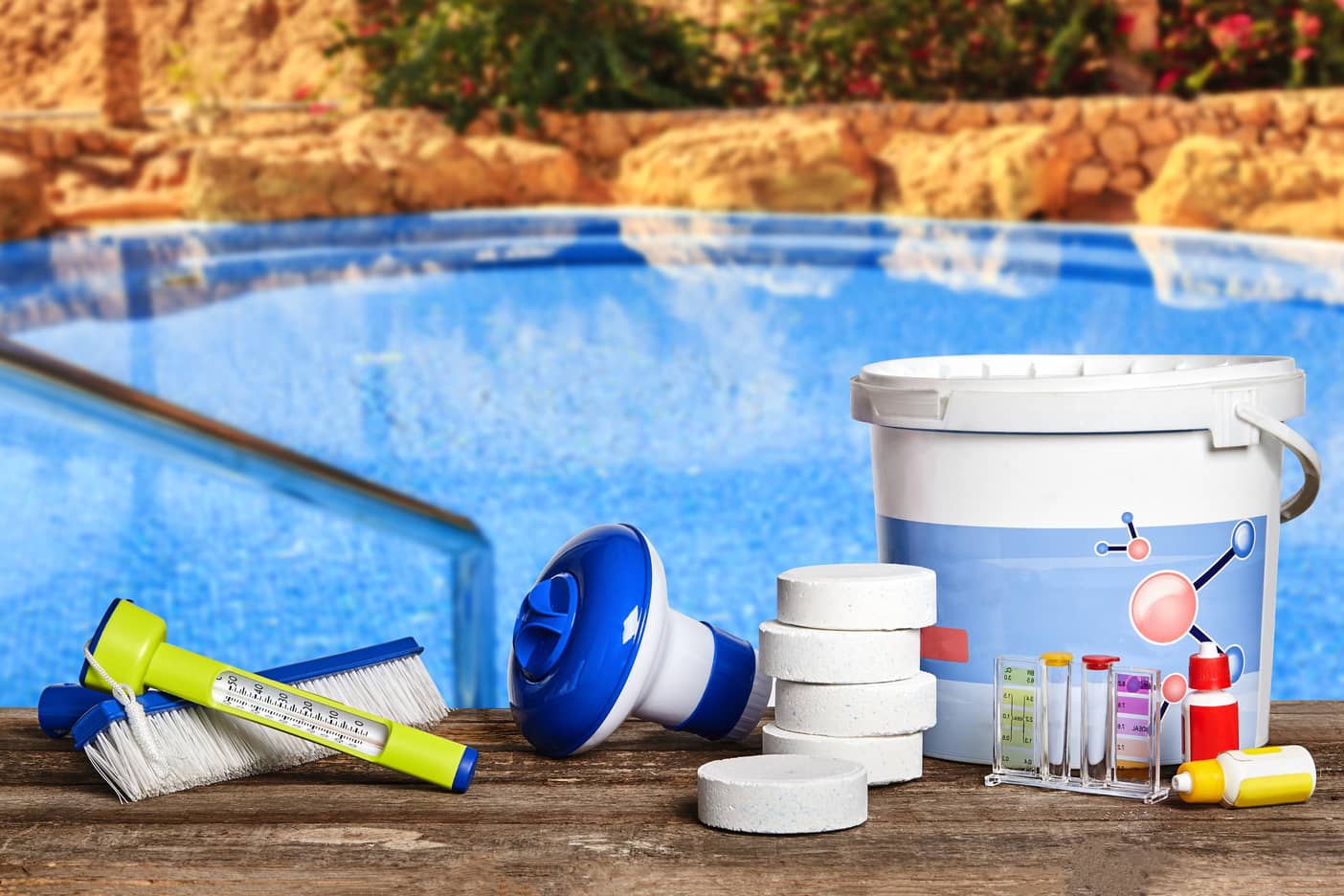

0 thoughts on “How To Float In A Swimming Pool”